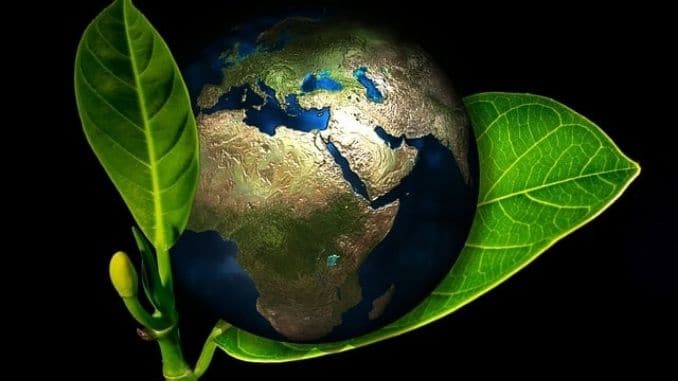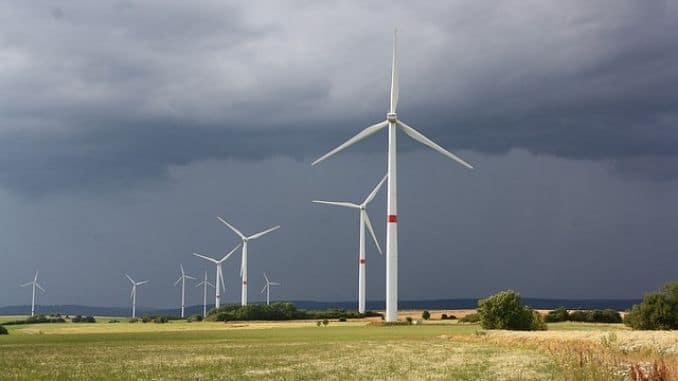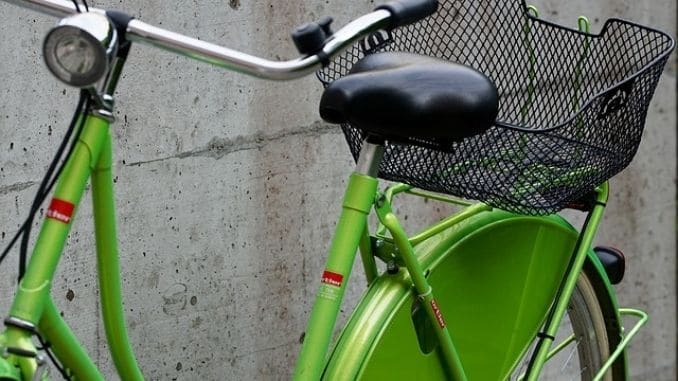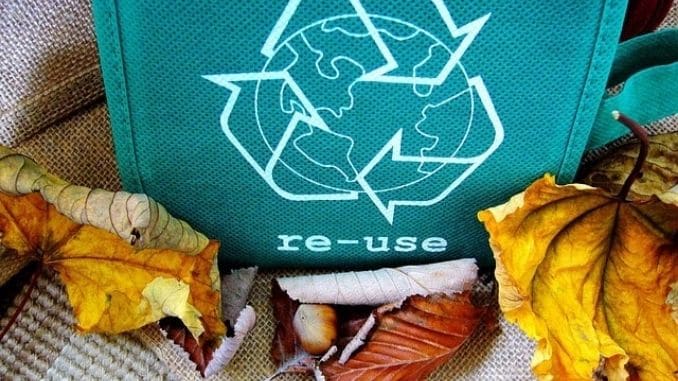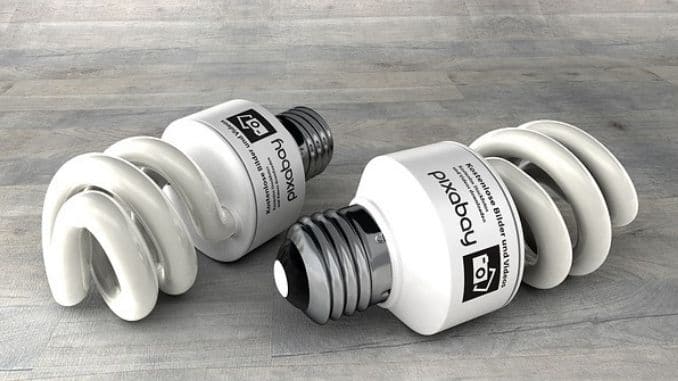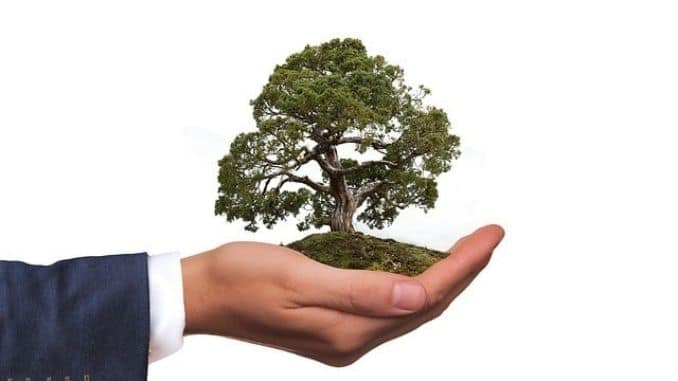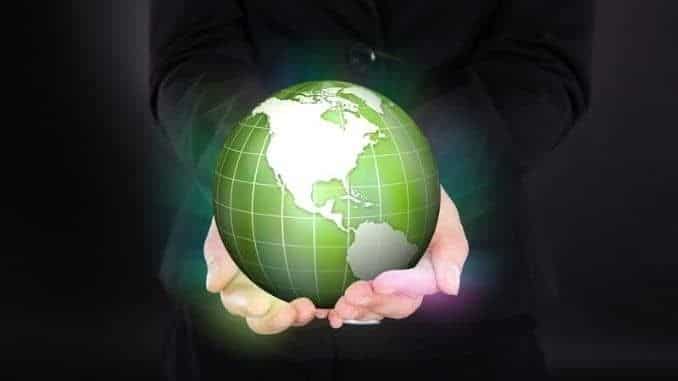
We’ve been hearing a lot about “going green” lately. Studies have indicated that human activity is damaging our water sources, marine life, land, and biodiversity faster than the planet can absorb and correct that damage.
A recent United Nations report indicated that a quarter of all premature deaths and diseases worldwide are due to manmade pollution and environmental damage. Water sources are under increasing threat from climate change, population growth, rapid urbanization and the degradation of lands that used to replenish our water resources.
Increasing carbon dioxide (CO2) levels from burning fossil fuels and deforestation are believed to be contributing to global warming, with the planet’s average temperature increasing almost a whole degree during the past several decades, with 2016 ranking as the warmest year on record.
Increased CO2 is also increasing the acidification of our oceans and damaging coral reefs, many of which are responsible for filtering waste out of the water. So-called “super-weeds” threaten farmlands, having developed a resistance to our most powerful pesticides and choking outcrops.
Faced with all these challenges and more, many organizations are encouraging people to live in a more environmentally friendly way. “Go green,” they tell us, but what exactly does that mean and can one person make a noticeable difference?
What Does It Mean to ‘Go Green’?
There are many different official definitions of going green but, in essence, it means to live your life in a way that’s friendly to the natural environment and sustainable for the Earth.
The United States Chamber of Commerce Small Business Nation defines it as taking steps to conserve energy, reduce pollution and save money. Yourdictionary.com defines it as “making more environmentally friendly decisions such as ‘reduce, reuse and recycle.’”
Other definitions involve ideas about reducing the imprint you and your family leave on the environment and changing your lifestyle to use products that won’t harm the Earth.
If more people were more careful about going green, it could create many positive benefits for the planet:
- Reduce pollution: By using alternative energy sources, reducing reliance on fossil fuels, recycling, reducing waste and creating more efficient vehicles, we can reduce the pollutants released into the environment.
- Slow global warming: Choosing to drive less or drive a hybrid vehicle can help to reduce the carbon dioxide released into the air, potentially slowing global warming.
- Preserve resources: We are used to having a bountiful supply of things like oil, coal, natural gas and wood, but the planet’s resources are not unlimited. By reducing energy consumption, recycling and using alternative energy sources, we can preserve what we have.
- Slow waste buildup: According to the Environmental Protection Agency (EPA), the average U.S. resident creates more than 4 pounds of trash per day and 56 tons of trash per year. Daily, Americans produce enough trash to fill 63,000 garbage trucks. All this trash creates a mounting waste problem and increases the risk of pollution running into rivers and seeping into the ground. Going green encourages people to reduce their consumption and reuse items to reduce waste.
- Preserve life: Preserving the habitats of wild animals and marine life is also part of going green. Planet Green reports that every day, about 137 plants, animal and insect species become extinct. The Earth’s ecological balance relies on the interaction of its species and if the balance tips the wrong direction, all organisms — including humans — are affected. Preserving life and preserving balance helps keep the planet healthy for everyone.
All these things sound great, but you may be thinking, “I’m just one person. How can I make a difference? Surely, it matters more about what governments and industries do?”
Change can indeed come from these entities, but they thrive on the support of the everyday person. As more citizens make choices to preserve the planet, demand products that reduce harm and spread the word about the importance of safeguarding the environment among their families and neighbors, governments and industries will have no choice but to respond accordingly.
12 Ways One Person Can Make a Difference in the Environment
It takes all of us working together to change how we’re treating the planet. Fortunately, there are many easy, low-cost ways that you can begin today.
1. Say ‘No’
Plastics are building up in our rivers and oceans. Current estimates are that the “Great Pacific Garbage Patch” — a collection of plastic floating in the Pacific Ocean — is growing rapidly and will build up to about 80,000 tons. Plastics make up about 99.9 percent of all debris in that part of the ocean.
Each person can help by cutting back on how much plastic he or she uses. Say “no” to those plastic items you use only once or twice and then throw away. Replace them with reusable totes and other reusable options.
2. Buy Organic
Organic foods, clothing, and other products are made without the use of conventional fertilizers, genetically modified organisms (GMOs) and strong pesticides and are thus easier on the environment. Looking for organic alternatives to your standard produce items, fabrics and more shows companies that you care about how they’re making their products.
3. Buy Local
When you buy items that are locally grown or made, you reduce the need for packing, shipping, and storage, saving a lot of energy and reducing greenhouse gas emissions. Estimates are that an average fresh food item on the dinner table travels about 1,500 miles to get there. Locally grown food usually tastes better anyway.
4. Drive Less
Every time you use your vehicle, you contribute to air pollution and greenhouse gas emissions. To cut back, walk, bike and use public transportation whenever possible or partner up with your neighbors or co-workers to carpool. Moreover, if you maintain your vehicle properly. Make sure it has clean air filters, inflated tires, and fully functioning parts. It will operate more efficiently, saving gas and creating less pollution.
5. Recycle More
Seek out recycling programs in your community, at work, and at school and recycle your paper, plastic, newspaper, glass, cardboard and aluminum cans. If you don’t have a program in your community, ask about starting one. Make sure you recycle your electronics, too — when they die, take them to a local recycling center.
If you can recycle half of your household waste, you can save up to 2,400 pounds of CO2 annually.
6. Keep Your Home Energy-efficient
Make sure your insulation is up to date and your windows are sealing closed like they should, then try to use less heat and air conditioning depending on the season. Unplug appliances when you’re not using them or use a “smart” power strip that senses when appliances are off and cut off energy use.
Wash clothes in cold water when possible, choose energy-efficient appliances and turn off lights when you’re not in the room. Use natural light rather than electric lights when you can and change your old light bulbs to energy-efficient light-emitting diodes (LEDs) or compact fluorescent lights (CFLs). Finally, use less water when you can and water the lawn during the coolest parts of the day or night so that you lose less to evaporation.
7. Pay Your Bills Online
When you choose to pay your bills online, you allow companies to save paper by reducing the need for sending you physical statements. You also reduce your use of paper checks and envelops, helping to preserve our forests.
8. Cut Back on Junk Mail
Each year, 5.6 million tons of catalogs and other direct mail advertisements end up in U.S. landfills. The average American household receives junk mail equal to 1.5 trees each year, totaling more than 100 million trees for all households combined.
It helps to recycle the paper, but it’s even better if you can cut back on all the pieces you’re receiving. Try these tips:
- Call toll-free (888) 567-8688 or visit optoutprescreen.com to choose not to receive unsolicited offers for new credit cards and insurance.
- Go to the Data and Marketing Association (DMA) to screen the types of unsolicited marketing mailings you want to receive. Go to thedma.org and scroll down to “consumer help” for information on how to reduce unwanted mail.
- If you want to stop receiving Valpak envelopes, go to Valpak.com and scroll to the very bottom of the screen and click on “Address Removal,” then fill out the form.
You can also go to CatalogChoice.org for another way to cancel unwanted catalogs.
9. Plant a Tree or a Houseplant
Trees naturally absorb CO2 to live. Therefore, each tree planted can help to lower greenhouse gas emissions and help slow global warming. Trees also offer many other benefits, including shade, a place for birds and other wildlife to live and a nicer home and community atmosphere.
To make up for the loss of trees over the past decade, about 1.3 million square kilometers — an area as large as Peru — would need to be reforested. That would mean planting about 14 billion trees every year for 10 years in a row.
If every person on Earth planted and cared for two seedlings annually, we’d meet that goal.
Houseplants also help to absorb volatile organic compounds (VOC) and CO2 emissions and make the air inside your home healthier to breathe.
10. Make Your Own Cleaning Products
Many store-bought cleaning products have potentially dangerous chemicals in them that can wash down the drain have the capability of damaging waterways and soil.
Moreover, you can help reduce the use of these chemicals by using more homemade cleaning products made with ingredients like baking soda, vinegar, essential oils, borax, and lemon juice. Read more in our article, “How to Clean Your Home Without Chemicals.”
11. Don’t Buy Things You Don’t Need
We’re used to buying things and throwing them away when we don’t need them, but this contributes to the buildup of trash and the excess use of resources. Think twice before buying something new and bringing it home.
Do you need to have it, or could you borrow it instead? Moreover, could you get it at a second-hand store or online resale shop? How about conducting a home swap with your friends or neighbors? Get used to examining other options before buying.
12. Choose Your Personal Care Products Wisely
Many personal care products contain potentially toxic chemicals or other ingredients that can damage the environment and that have been linked to health problems. Avoid body washes with microbeads as these are made of plastic and can damage waterways. Personal care products also use a lot of packaging materials.
To go green with your personal care, follow these tips:
- Buy from environmentally conscious companies who are using recyclable materials in their packaging and are committed to nontoxic ingredients.
- Choose organic products when you can — they have fewer toxic chemicals and often work just as well.
- Use less — go for a day without makeup or go for longer between hair colorings.
- Choose petroleum-free products. Those with petroleum-based ingredients will have things like mineral oil, paraffin, and propylene glycol in them.
- Buy recycled items when you can, like recycled toilet paper.
- Buy in bulk to save the packaging. Items available in bulk include shampoos and conditioners, soaps and body washes.
- Use eco-friendly bath accessories, including towels, shower curtains, and bath mats.
For your guide to the best foods to slim down, make sure to check out The Best Foods that Rapidly Slim & Heal in 7 Days, here!

